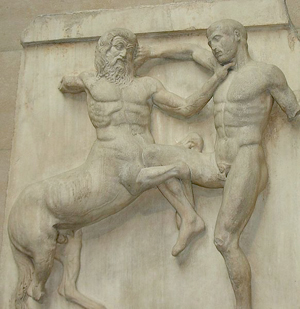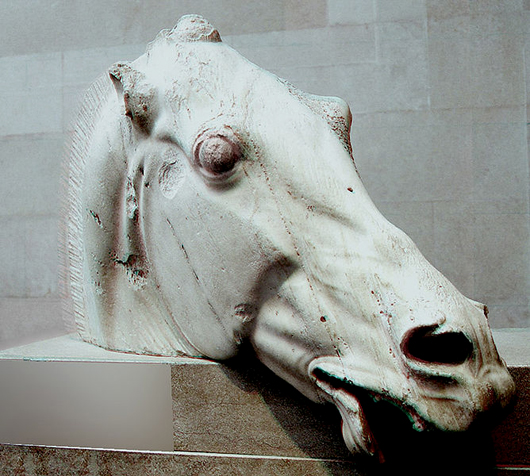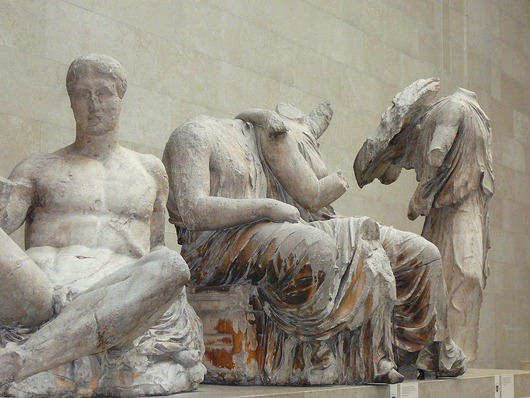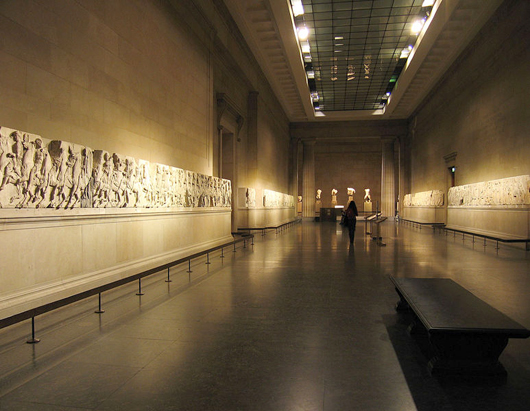
ATHENS, Greece (AP and ACNI) – Greece’s Culture Minister says he has rejected an offer from the British Museum to return a section of The Parthenon Marbles on a three-month loan.
Antonis Samaras says the deal would have meant renouncing any Greek claim to the 2,500-year-old sculptures, which have been in London for nearly two centuries.
Greece hopes one day to display the British Museum’s Parthenon collection beside its own surviving sections in a new museum that will open next weekend.
In a statement Thursday, Samaras said he was prepared to discuss lending Greek antiquities to the British Museum, “to fill the gap left when the (Parthenon) Marbles finally return to the place they belong.”
Also known as The Elgin Marbles, the works are a collection of classical Greek marble sculptures, inscriptions and architectural members that originally belonged to the Parthenon and other buildings on the Acropolis of Athens.
Thomas Bruce, 7th Earl of Elgin, the British ambassador to the Ottoman Empire from 1799-1803 and a collector of antiquities (described as a looter by his critics), obtained permission from the Ottoman authorities to remove pieces from the Acropolis.
From 1801 to 1812 Elgin’s agents removed about half of the surviving sculptures of the Parthenon, as well as architectural members and sculpture from the Propylaea and Erechtheum. The Marbles were transported by sea to Britain.
In Britain, Elgin was criticized for his actions, labeled by some as vandalism. However, following a public debate in Parliament and subsequent exoneration of Elgin’s actions, the marbles were purchased by the British Government in 1816 and placed on display in the British Museum, where they stand now on view in the purpose-built Duveen Gallery. However, the legality of the removal has been questioned and the debate continues as to whether the Marbles should remain in the British Museum or be returned to Athens.
Copyright 2009 Associated Press. All rights reserved. This material may not be published, broadcast, rewritten, or redistributed. Auction Central News contributed to this report.
AP-CS-06-11-09 0835EDT
ADDITIONAL LOTS OF NOTE




